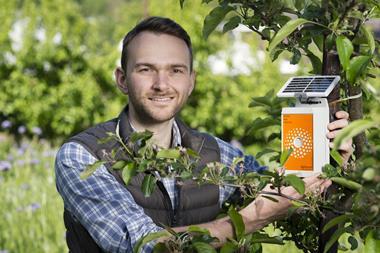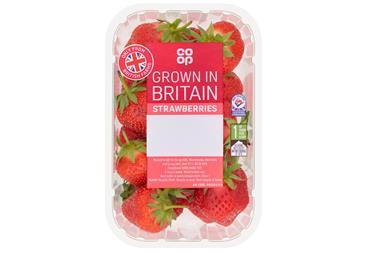The farmers’ campaign has successfully harnessed social media but the impact on younger people has been surprisingly limited
The milk price campaign launched by dairy farmers last month has been spectacularly successful by any measure. So much so, they’re now talking about a second phase to the campaign.
As The Grocer’s story last week demonstrated the campaign clearly captured the hearts and minds of the British public, with our exclusive YouGov poll showing 67% believe farmers need to be paid more even if this means milk in shops has to become more expensive. And 19% say they will change the way they shop for milk as a direct result of the milk protests, with 11% even vowing to change retailers.
But behind the top-line figures lie wide demographic variations that give new insight into where the farmers’ campaign is at its most effective.
Take geography. Pollsters often refer to the “London bubble” - the fact that public opinion in the capital can be out of step with the rest of the country - and this is plain to see in our poll. Just 71% of Londoners are aware of the protests compared with 91% of Scots. And support for farmers in the Capital also lags behind the national average, with 61% of Londoners saying they are on the side of the farmer compared with 67% across the country.
“Younger people are less likely to do the shopping and be aware of the issues surrounding farming”
Rob Cushen
But nowhere are demographic differences more obvious than in age, with older demographics consistently better informed and more supportive. While 96% of those aged 60 and over are aware of the protests, just 56% of 18 to 24-year-olds know about them, with 25 to 35-year-olds coming in at 72% and 40 to 59-year-olds at 89%.
Eighty-three percent of the 60+ age group agree farmers should be paid more, even if this means milk is more expensive in the shops, dropping to just 43% for 18 to 24-year-olds.
Seeing an age gap on a farming-related issue isn’t surprising, says YouGov consumer consulting director Rob Cushen.
“Younger people are less likely to do the shopping and be aware of the issues surrounding farming,” he says. “Milk prices are debated on BBC News or on Radio 4 - not necessarily programmes that reach a lot of young people.”
However, the gap is noteworthy because dairy farmers have been very active across social media, adds Cushen. At the height of the campaign, the Twitter hashtag #sosdairy was trending in the UK, with farmers co-ordinating protests via Twitter and targeting celebrities. With Twitter particularly popular among younger people, this suggests the milk protest message is not yet getting across to them as well as it could.
So what more could be done? Cushen suggests wider social trends could prove productive for campaign managers. “A lot of young people have been galvanised by the recent anti-capitalist protests,” he says. “Instead of talking about milk prices as a farming issue, perhaps talk about them as big companies versus the little people.”
Support for farmers
National average: 67%
Those aged 60+: 83%
18 to 24-yr-olds: 43%
Awareness of protests by age
National average: 83%
Those aged 60+: 96%
18 to 24-yr-olds: 56%
Awareness of protests by area
National average: 83%
Londoners: 71%
Scots: 91%



















No comments yet